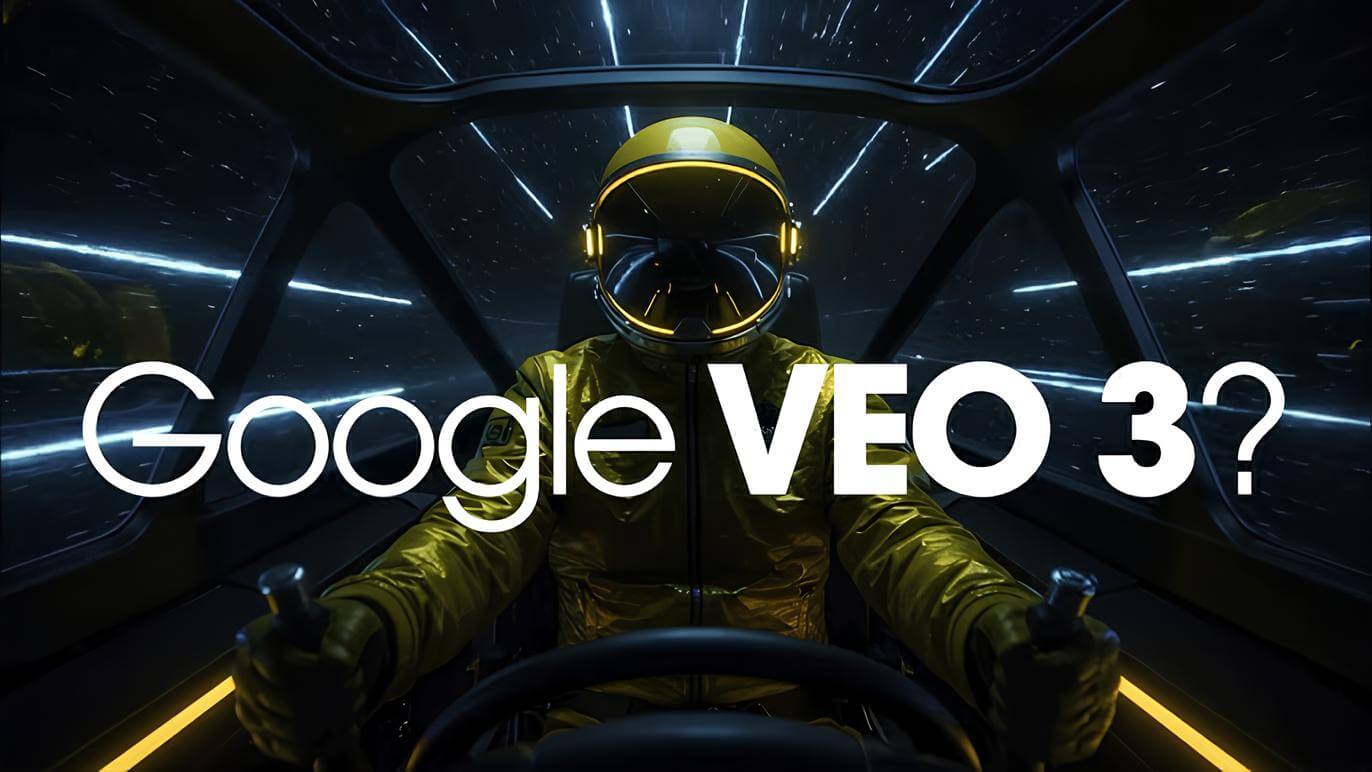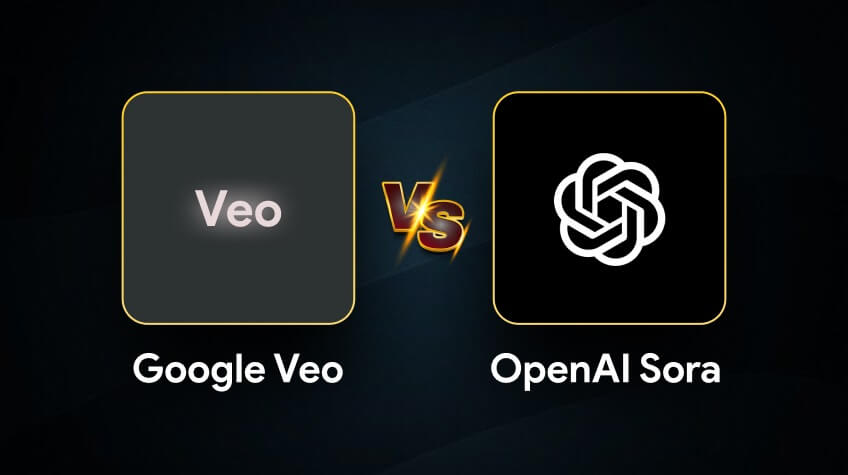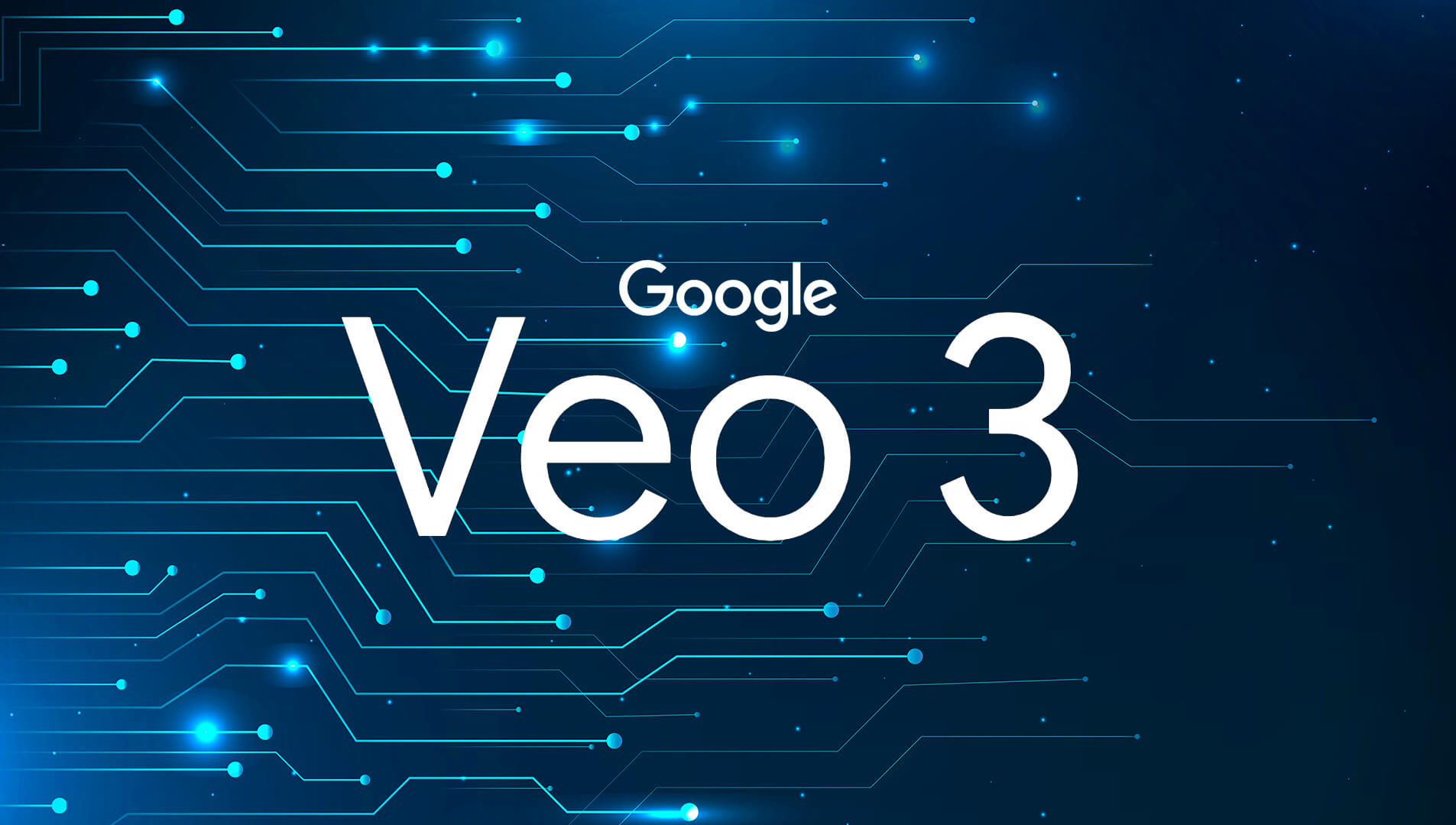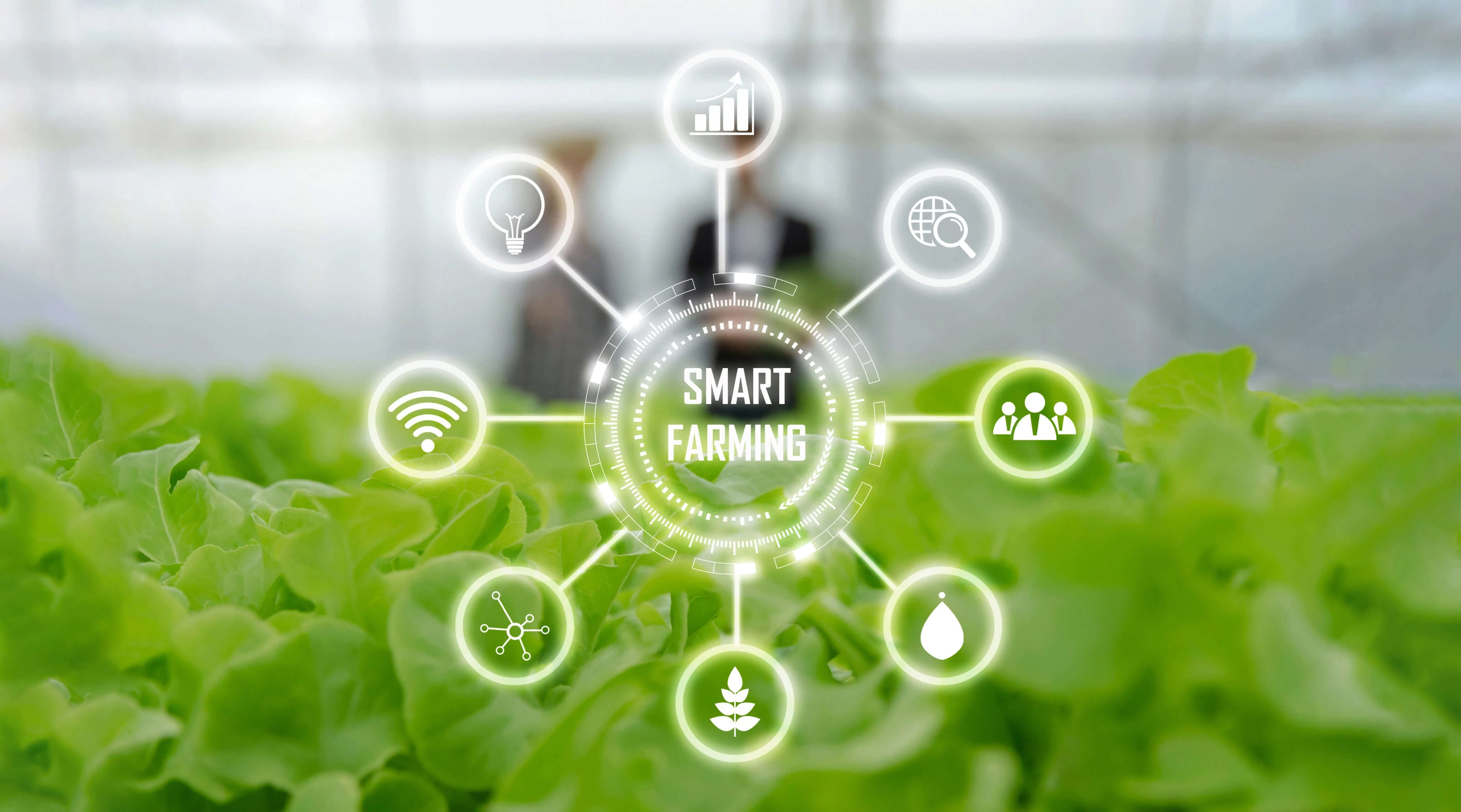Google has just unveiled Veo 3, its newest AI-powered video generation tool, which is taking the Internet by storm. The hyper-realistic videos it creates are so convincing that most online viewers can’t tell whether they’re AI-generated or human-made with actors and filmmakers. This marks a groundbreaking step forward in AI video creation technology.
What is Veo 3?

Veo 3 is the latest artificial intelligence (AI) video model developed by Google DeepMind. Known for producing videos with stunning accuracy, motion consistency, and cinematic quality, Veo 3 has left both experts and users in awe. Unlike earlier AI tools, Veo 3 can generate videos with sound, background music, dialogues, and dynamic sound effects.
More than just a text-to-video tool, Veo 3 demonstrates a deep understanding of natural language, real-world physics, and impressive visual synchronization.
How Does Veo 3 Work?
Veo 3 is built on a foundation model and specially optimized for text-to-video generation.
Key components of Veo 3 include:
- Text-to-Video Engine: Converts natural language into moving visual content.
- Temporal Dynamics Model: Maintains logical flow and continuity across video frames.
- High-Resolution Synthesizer: Enhances video quality to Full HD and beyond.
The frames generated by Veo 3 vividly express facial emotions, maintain accurate lip-sync, and depict physical movements with real-world precision.
Real-World Applications of Veo 3
Right after its release, Veo 3 has been widely adopted across various industries—from film, media, and marketing to education and science.
Notable use cases include:
- Entertainment and Media:Generate product trailers, short films, or animations using only text prompts.
- Marketing and Advertising:Turn creative concepts into vibrant videos without the need for a production crew.
- Education and E-learning:Create visual aids and immersive virtual experiments for students.
- Game Design and the Metaverse:Rapidly prototype scenes and simulated environments.
- Personal Content Creation:Empower YouTubers, TikTokers, and solo marketers to turn ideas into videos quickly.
The flexibility of Veo 3 allows creators to reduce video production costs significantly, making professional-grade tools accessible to individuals and small businesses alike.
Veo 3 vs. OpenAI’s Sora

Compared to Sora, OpenAI’s AI video model, Veo 3 demonstrates greater flexibility in understanding languagethe ability to generate longer videos, and more advanced cinematic control—such as camera angles, lighting effects, and depth of field. While Sora remains in limited testing, Google has announced plans to integrate Veo 3 into major platforms like YouTube Shorts, Google Cloud, and other professional creative tools.
Key Advantages of Veo 3
- Minimizes disjointed transitions between scenes thanks to its capacity to interpret complex prompts and turn detailed descriptions into vivid, lifelike videos.
- Precisely captures lip movements and character speech, matching dialogue to mouth motion. Human characters appear highly realistic.
- Maintains strong continuity, rarely disrupting narrative flow.
What’s Next for Veo 3 and the Film Industry?
At Google I/O 2024, Veo 3 was officially launched and is now available through the Ultra AI plan, priced at $249/month. It’s expected to reshape the video production, marketing, and media industries. However, questions remain around copyright, consent, and ethical standards in content creation.
Concerns and Expectations Around Veo 3
Like all generative AI tools, Veo 3 faces several challenges:
- Risk of producing misleading or manipulated content
- Potential for copyright infringement or artistic plagiarism
- Misuse for disinformation or deepfake videos
Nonetheless, Google claims it has implemented strict content moderation systems in Veo 3 and is committed to transparency in both its development and deployment.
How Far Along Is Veo 3?

urrently, Google is running Veo 3 in a limited preview phase for selected content creators—particularly on YouTube. However, the company has revealed plans to roll out Veo widely across its creative platforms, integrating it with tools like Google Cloud AI Studio and YouTube Create.
While an official release date hasn’t been announced, industry experts expect Veo 3 to become publicly available in 2025, ushering in a new era for AI video.
Conclusion
Veo 3 is more than just a video generation tool—it’s a powerful AI director,capable of turning plain text into cinematic, emotionally rich, and creative films. If developed responsibly, Veo 3 could become an indispensable tool for millions of content creators worldwide and pave the way for a transformative new chapter in the media and entertainment industries.
Source: Google’s new AI video tool floods internet with real-looking clips
CONTACT INFORMATION:
Wiintek Technology Joint Stock Company
Address: 183C Nguyen Van Dau, Ward 11, Binh Thanh District, Ho Chi Minh City
Hotline: +(84) 929 853 399
Email: wiintek@gmail.com
Website: https://wiintek.com/









